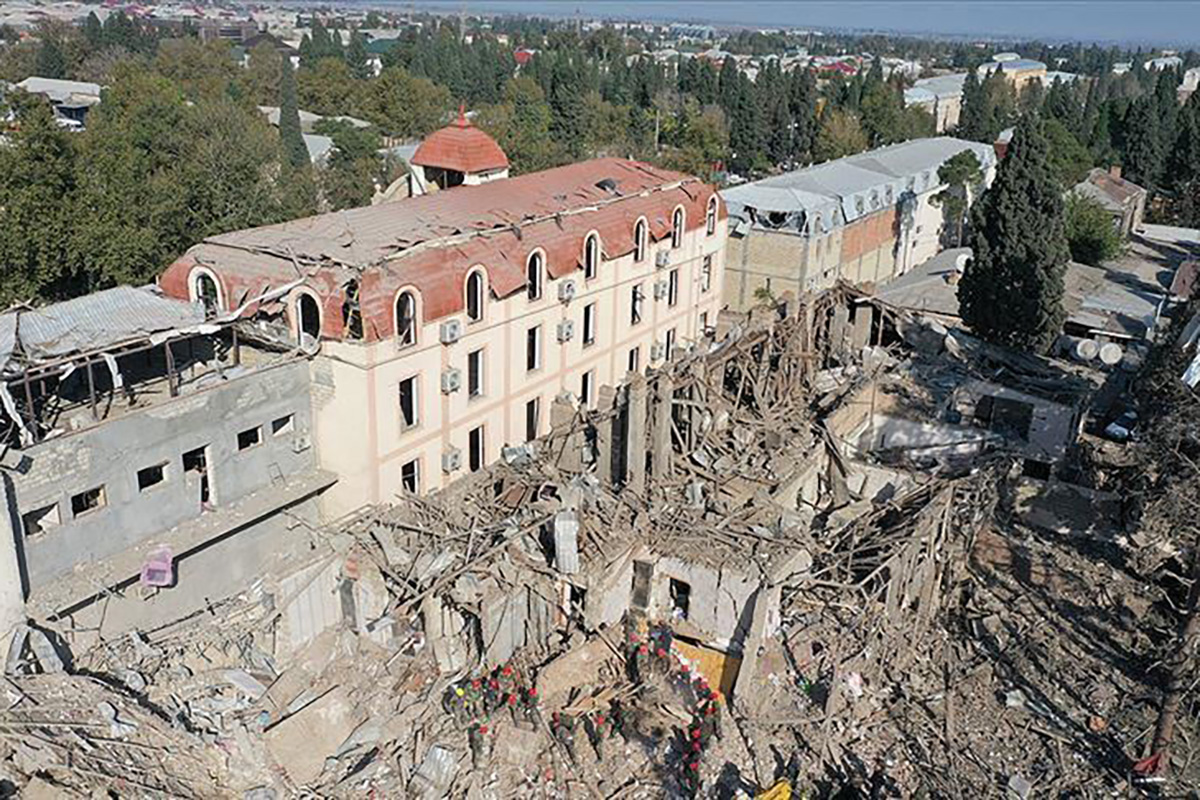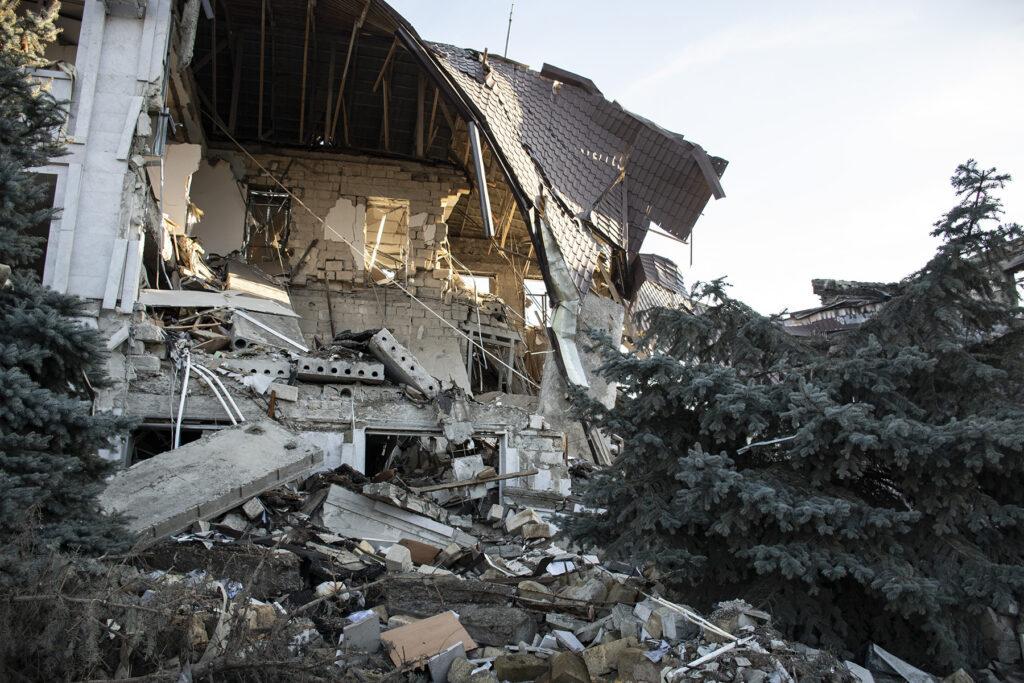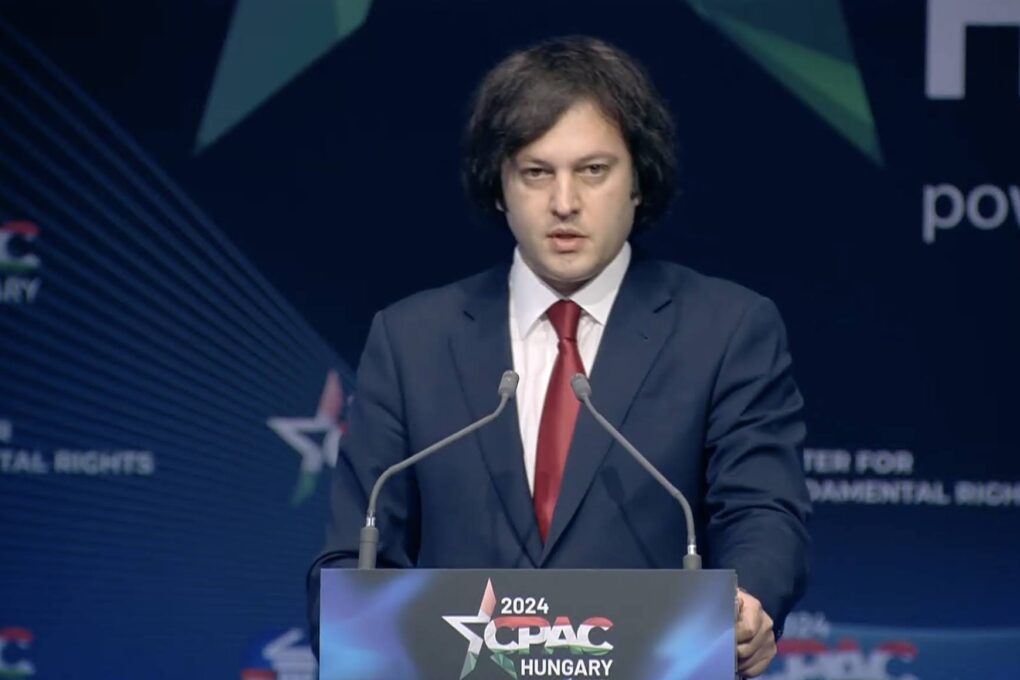Amnesty International has condemned ‘disproportionate and indiscriminate’ attacks on civilians carried out by both Armenian and Azerbaijani forces during the war in Nagorno-Karabakh.
In the 44 days of fighting, at least 146 civilians were killed from both sides, not including those who died in captivity. At least 6,000 soldiers, many of them conscripts, also died in the fighting.
During the war, both sides carried out strikes to civilian areas, killing and injuring hundreds and damaging civilian infrastructure. The authorities of both countries have denied deliberately targeting civilian areas and the use of cluster munitions.
In their report released on Thursday, Amnesty International said that there was ‘incontrovertible evidence’ that both sides had done so.
‘They have also accused each other of launching strikes from civilian areas but have not provided details of specific cases’, the report said.
‘The two sides used notoriously inaccurate and indiscriminate weapons in populated civilian areas, including internationally banned cluster munitions, unlawfully killing scores of civilians and wounding hundreds more.’
‘The multiplicity of such strikes on civilian areas indicates that they were not accidental and may have instead been part of a deliberate strategy aimed at pressuring and intimidating the other side. Neither government can credibly claim to have not been aware that strikes on civilian residential areas using notoriously inaccurate or/and inherently indiscriminate weapons endangered civilians.’
‘Break the vicious circle of ethnic divisions’
Amnesty said the report was based on on-the-ground investigations throughout the region in November and December.
Donatella Rovera, Senior Crisis Response Adviser at Amnesty International, called on international and regional bodies as well as individual countries to exert pressure on Armenia and Azerbaijan to investigate the violations identified in the report, bring to account the perpetrators, and provide ‘full and adequate reparation to the victims’.
‘There’s an excellent window of opportunity for the international community and civil society to press for accountability quickly as talks on security arrangements get underway’, Rovera told OC Media. ‘Now is a good moment to press for accountability being at the top of the talks’ agenda.’
‘The international community and civil society should also press for both governments to take steps to become parties to the Convention on Cluster Munitions’, affirmed Rovera.
Rovera said it was also important for civil societies in both Armenia and Azerbaijan to highlight violations by their own governments.
‘It is a painful but crucial task for civil societies on both sides to try and break the vicious circle of ethnic divisions and animosities, to bring human rights concerns to the fore of any peace and reconstruction efforts’, she told OC Media.
‘It is important that they demand justice and accountability for all violations of international humanitarian law committed during the conflict, regardless of who are the victims and who are the perpetrators’, she said.
‘This has been, and remains, a bitterly divisive, particularly partisan conflict where, as we often see, human rights and matters of humanity, and justice are overshadowed by partisan views and matters of ethnic affiliation’.
‘She was my only child. She was all I had’
The report by Amnesty International documented several attacks carried out by boh sides. They said that Armenian forces employed ballistic missiles, and unguided artillery and multiple launch rocket systems (MLRS).
According to official figures, 94 civilians were killed on the Azerbaijani side. In their report, Amnesty documented eight attacks carried out by Armenian forces on the cities of Ganja and Barda, as well as the villages of Gashalti and Garayusufli. As a result of these attacks, 72 civilians were killed.

‘[After the strike] my relatives told me that my father had been killed. They did not tell me that my daughter and everyone else had been killed’, the mother of one 14-year-old victim told Amnesty. ‘When I arrived home, they had all been buried already. The day after she died would have been her 15th birthday. She was my only child. She was all I had.’
A strike of 17 October killed 21 civilians and injured more than 50 others in Ganja. A week earlier, on 11 October, another attack had been carried out that killed 10 people. A SCUD-B ballistic missile was confirmed to have been used in both cases.
According to Armenian officials, the attack was aimed at ‘neutralising military facilities deployed in the city of Ganja’. Amnesty confirmed that the city of Ganja contained several military objectives ‘that may have been the target of the strike’.
‘However, the presence of these possible military objectives does not justify the use of a massive and imprecise weapon like the SCUD-B in a populated area’, the report reads.
The strike targeted the village of Gashalti killed five members of a single family and partially destroyed their house, the report said.
‘Victoria was our little angel. She is gone’
According to official figures, 52 civilians were killed in Nagorno-Karabakh and Armenia during the war. According to Amnesty International Azerbaijani, forces also used unguided artillery and MLRS, as well as loitering munitions and missiles launched by drones.
The group documented nine strikes carried out by Azerbaijani forces on the cities of Stepanakert, Martuni, and Martakert in Nagorno-Karabakh, as well as on the village of David-Bek in Armenia that killed 11 civilians.
According to the report, some of the strikes were carried out using inherently indiscriminate weapons, such as Grad rockets and internationally banned cluster munitions. ‘The frequent attacks on towns and villages in Nagorno-Karabakh could have resulted in a larger number of civilian casualties had many civilians not left the region or taken shelter in basements’, Amnesty reported.
During the war, Stepanakert, the capital of Nagorno-Karabakh was attacked numerous times, sometimes several times a day.
According to the report, there were military objects located in the centre of Stepanakert, which ‘may be lawfully targeted’ by Azerbaijan, risking civilians in the process.
‘Yet the Azerbaijani authorities would have been fully aware that the kind of multiple strikes they launched on the city on 4 October, using notoriously inaccurate munitions which cannot be aimed at a specific target — Grad rockets and internationally banned cluster munitions — would land indiscriminately in residential areas and very likely harm civilians and damage or destroy civilian objects’.
A Grad rocket killed three family members in the city of Martakert. On the first day of the war, a strike killed an 8-year-old girl in Martuni, and her brother Artsvik, 2, was severely injured.
‘Victoria was our little angel. She is gone’, her mother told Amnesty ‘My little boy now still wakes up saying that there are planes in the sky bombing and that Victoria is injured and mum is on the ground. He is still traumatised.’
According to Amnesty International, at least two civilians were killed by rockets that landed in the village of Davit Bek in Armenia.




 14 January 2021
14 January 2021



